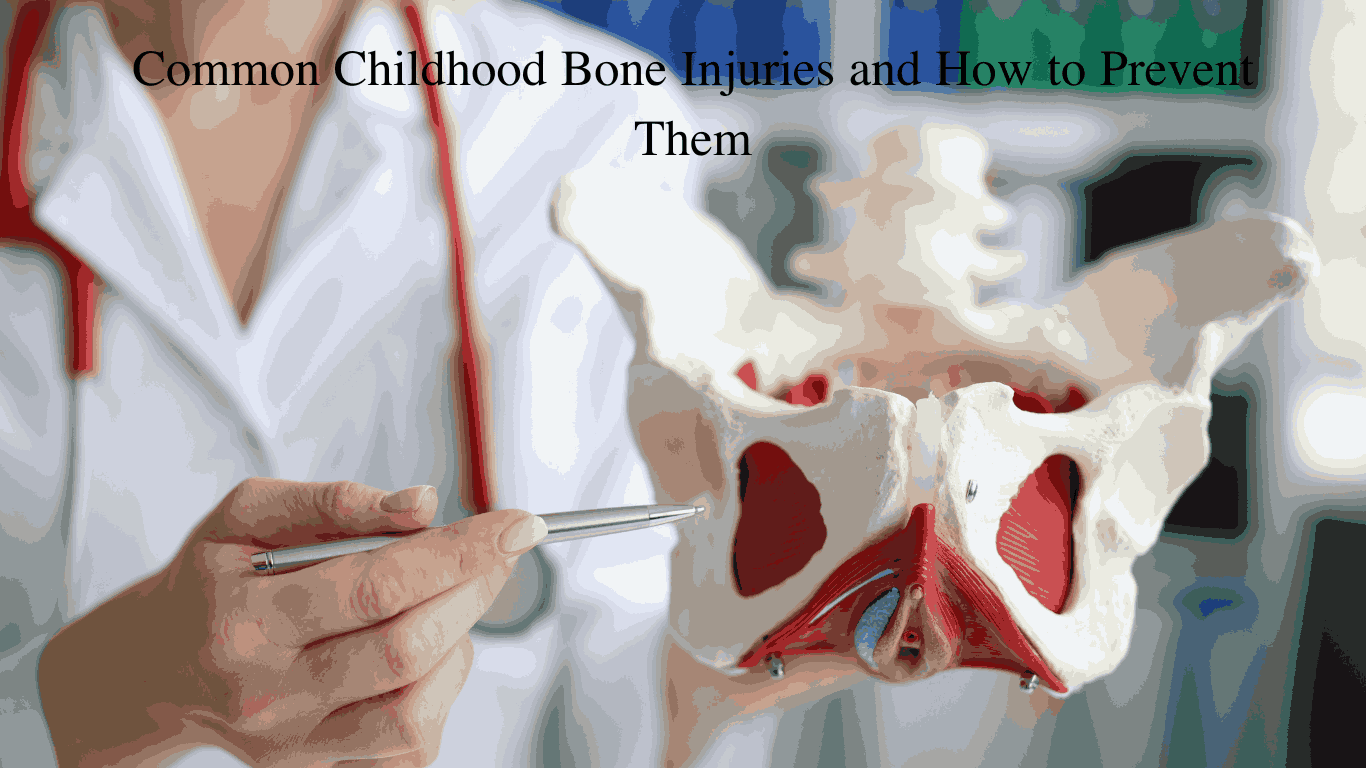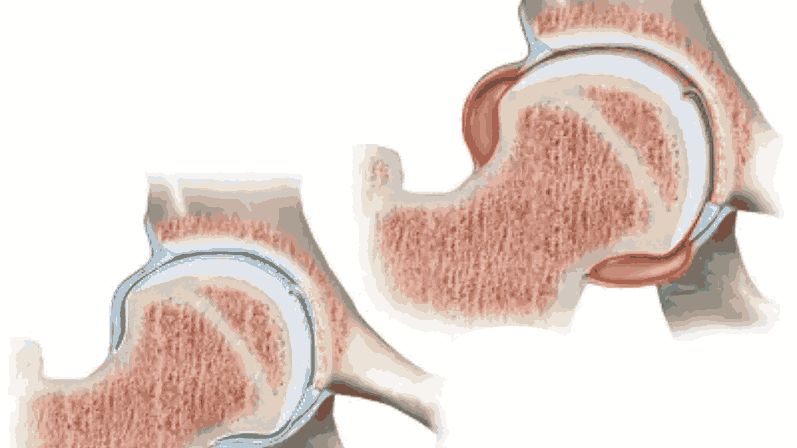Common Childhood Bone Injuries and How to Prevent Them
Children are naturally active and adventurous, which makes them more prone to bone injuries. Falls, sports activities, and playground accidents can lead to fractures, sprains, or other orthopedic injuries. While some injuries heal quickly, others may require medical intervention. Understanding common childhood bone injuries and how to prevent them is crucial for parents to ensure their child’s safety and well-being.
1. Common Childhood Bone Injuries
Bone injuries in children vary in severity and cause. Here are some of the most common types:
- Fractures (Broken Bones): Often caused by falls or high-impact sports, fractures can occur in different forms, including greenstick fractures (where the bone bends but doesn’t break completely) and complete fractures.
- Sprains and Strains: Overstretching or tearing of ligaments (sprains) or muscles (strains) commonly occur in the ankles, knees, or wrists.
- Growth Plate Injuries: These occur in the developing areas of a child’s bones and, if untreated, can affect bone growth.
- Dislocations: When a bone is forced out of its normal position, commonly affecting shoulders, elbows, or fingers.
- Repetitive Stress Injuries: Overuse injuries from repetitive movements, such as in gymnastics, running, or baseball pitching, can lead to stress fractures and tendonitis.
2. How to Prevent Childhood Bone Injuries
While not all injuries can be avoided, parents can take preventive measures to reduce the risk:
- Encourage Safe Play: Teach children to play safely and be aware of their surroundings, especially on playgrounds and sports fields.
- Ensure Proper Nutrition: A diet rich in calcium, vitamin D, and protein strengthens bones and reduces the risk of fractures.
- Use Protective Gear: Helmets, knee pads, and wrist guards should be worn during activities like cycling, skating, or contact sports.
- Supervise High-Risk Activities: Close supervision can help prevent accidents while climbing, jumping, or engaging in high-impact activities.
- Promote Strength and Flexibility: Regular stretching and strengthening exercises improve bone and muscle resilience, reducing the chances of injuries.
3. Recognizing and Treating Bone Injuries
Identifying bone injuries early ensures proper treatment and recovery. Signs to watch for include:
- Swelling, bruising, or tenderness around the injured area
- Difficulty moving or using the affected limb
- Visible deformity or unusual positioning of a bone
- Severe pain that worsens with movement
If a bone injury is suspected, seek medical attention immediately. Treatment may include:
- Immobilization with a cast or splint for fractures
- Physical therapy for recovery and strengthening
- Surgery in severe cases, such as complex fractures or growth plate injuries
4. Importance of Early Medical Intervention
Timely diagnosis and treatment prevent complications and ensure proper bone healing. Ignoring injuries or delaying medical care can lead to:
- Improper bone healing, resulting in deformities
- Long-term joint or mobility issues
- Increased risk of reinjury
Conclusion
Childhood bone injuries are common, but many can be prevented with proper safety measures, nutrition, and supervision. Parents should remain vigilant about their child’s physical activities and ensure they receive immediate medical attention when injuries occur. Strong bones and safe practices contribute to an active, injury-free childhood.
For expert guidance on pediatric bone health and injury prevention, contact Dr. Nargesh Agrawal at 8851777145.




